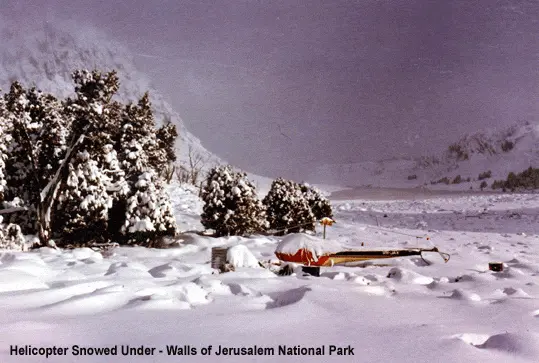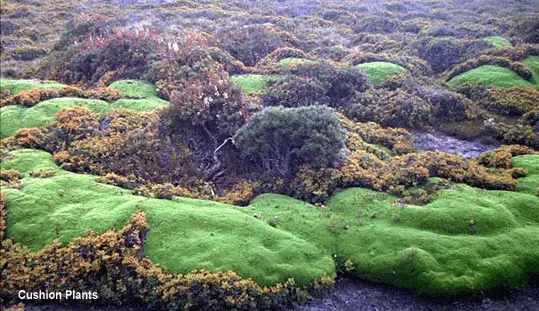Wilderness Advisor
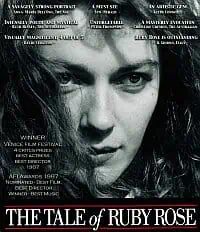
The majority of filming took place in the Walls of Jerusalem National Park. With many other locations, including Roses Tiers and Ben Lomond National Park. The main cast consisted of Melita Jurisic, Chris Haywood, Rod Zuanic, Martyn Sanderson, and Sheila Florance. I was Sheila’s driver, and she has since left us, but I spent a couple of beautiful evenings over dinner discussing her early years in English drama, and she was an absolute delight to chat with.
The production company had intended to use helicopters to transport everything to the remote wilderness locations. A great deal of equipment, including prefabricated sets, was designed to be moved by chopper. However, by mid-winter, heavy snowfalls made flying hazardous and intermittent. As a local Taswegian, this is precisely the scenario I presented to the production company. That is, to rely on choppers was a grave mistake. The piston engine chopper below flew in within the first few days. It was pretty much snowed in for the duration of the shoot. It was at this point that I was employed as a wilderness advisor.
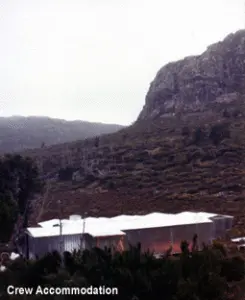
Accommodation
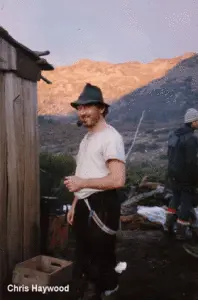
Experienced walkers provided a lifeline to the cast and crew carrying food and supplies in deteriorating weather conditions.
I completed 23 return trips in and out of the Park, packing food, fuel, film stock and rushes. Some days I did two return trips, one night getting into camp around 9 pm in near blizzard conditions. Part of my job as wilderness advisor was to guide cast and crew in and out of the Walls and organise up to a dozen walkers to carry in equipment and supplies.
The cast or crew had little experience working in wilderness environments or living in alpine conditions with few amenities. The safety briefs, education and commonsense of staff paid off, with only one incident over the three weeks. This slip-up occurred when the Producer (Andrew Wiseman) decided to walk out and missed the afternoon’s guided trip. (The walls had no duck boarding in 1986). He left the camp in whiteout conditions, became disorientated and couldn’t find his way out. Somehow he staggered back into camp and changed his clothes (putting pants on back-to-front) to go out again. Suffering from hypothermia, the camp manager, a ski instructor, insisted the producer climb into bed. This is my end of the story, but many other Tasmania involved will have different yarns to tell.
The Tale of Ruby Rose – What Is The Film About?

Environmental Impact
In conjunction with Tasmanian National Parks, the production company implemented a Minimal Impact strategy for the three months of filming. Due to the fragile alpine environment and production personnel living on location, National Parks levied a $20,000 bond for the period of filming. Parks refunded the bond due to strict controls, careful planning, and extensive cleanup operations. As a wilderness advisor, I was happy with the outcome. The filming activities minimally impacted the environment.
Eighteen years later, with experience gained from this production as a wilderness advisor, I managed Through My Eyes for the Department of The Environment and Heritage. This drama-documentary was produced by Liberty and Beyond on the life of Lindy Chamberlain and shot in the iconic Uluru Kata Tjuta National Park.
If you enjoyed this, you also like the Track Cutters page.


